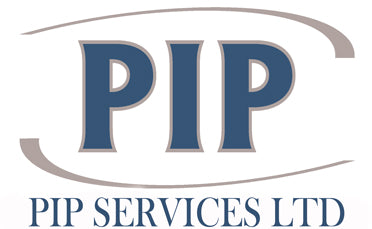Ergonomics is the study and practice of ensuring workplace environments, tools, and tasks are designed to fit the needs and limitations of workers. With an emphasis on the relationship between workers and their environment, ergonomics is intended to prevent injuries, minimise fatigue, and improve overall comfort.
Applying ergonomics may involve making adjustments to workspaces, investing in ergonomic tools and promoting posture correction. On this page, we look into the key elements of ergonomics and ways to apply them to various work settings.
Common Ergonomic Considerations
Below, we look at the main features of ergonomics that impact health and safety considerations in the workplace.
Workspace Adjustments
Adjusting the workspace to fit the worker is the foundation of ergonomics. These adjustments are intended to reduce strain on the body and promote efficient work habits. Here are some common adjustments:
- Chair height: This should be optimised so feet are flat on the floor and knees are at 90 degrees.
- Desk height: The height of desks is integral to preventing hunching over or straining the arms.
- Monitor placement: Computer monitors should be at eye level and around an arm’s length away to reduce neck discomfort and eye strain.
- Lighting: Provide adequate lighting to reduce glare and eye fatigue.
By making these modifications, you can significantly reduce physical discomfort and prevent issues like repetitive strain injuries, carpal tunnel syndrome, and lower back pain.
Ergonomic Tools
Using ergonomic tools is another key component of workplace design. They are built specifically to minimise discomfort and strain when carrying out repetitive or physically demanding jobs. Here are some examples:
- Ergonomic keyboards and mice: These reduce strain on the hands and wrists by promoting a natural position.
- Standing desks: When workers can switch between standing and sitting throughout the day, it promotes circulation and reduces fatigue.
- Footrests: Workers whose feet don’t reach the floor when seated should use footrests to promote proper leg positioning.
- Anti-fatigue mats: Place these in areas where workers stand for long periods to minimise discomfort and strain on the legs and lower back.
The use of these tools can enhance worker comfort and minimise the risk of musculoskeletal disorders.
Posture Correction
Proper posture is crucial to avoid workplace injuries, particularly if workers spend long periods sitting or performing repetitive tasks. Let’s look at some key elements of posture correction:
- Neutral spine: The spine should maintain its natural alignment, which means sitting up straight with shoulders back and relaxed.
- Elbow positioning: With elbows at a 90-degree angle when typing or using tools, you minimise strain on the wrists and forearms.
- Feet position: Feet should be flat on the floor or a footrest to maintain proper leg alignment when sitting.
- Frequent movement: Promote regular breaks to stretch, walk, or change positions. This will prevent stiffness and muscle strain.
Good posture in the workplace is fundamental to avoiding issues like chronic pain, particularly in the neck, shoulders and back.
Benefits of Ergonomics
Implement ergonomic practices in the workplace to tap into its benefits for employees and employers. These include:
- A reduced risk of injuries.
- Enhanced comfort for greater job satisfaction.
- Productivity gains due to comfort.
- Fewer staff absences due to reduced work-related injuries.
- Reduced medical costs and workers’ compensation.
Ergonomics is a common consideration in office environments, but it is also important in other settings. These include industrial workplaces, healthcare environments, and retail.
Why choose PIP Services for your health and safety consultancy?
We’re dedicated to providing the highest level of advice on all Health and Safety related matters and will assist companies in meeting their obligations. We offer a wide range of Health & Safety Services for a variety of clients. We represent many companies and deal with all of their Health & Safety matters.
We’re also an accredited CITB, NEBOSH, IOSH, IWFM & CITB training provider, as well as a ProQual-approved NVQ centre.
We also offer a business partnership programme offering a NVQ Level 6 Diploma in Occupational Health & Safety & NEBOSH General Certificate to help you become a health and safety consultant.
We are rated 4.9/5 on Trustpilot, and you can read our reviews here. If you would like to speak to us about your training needs, please get in touch using the button below.

